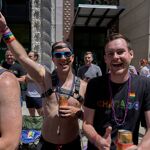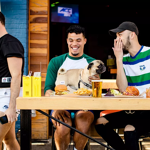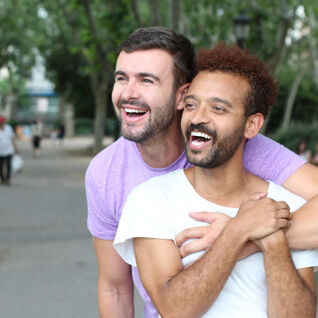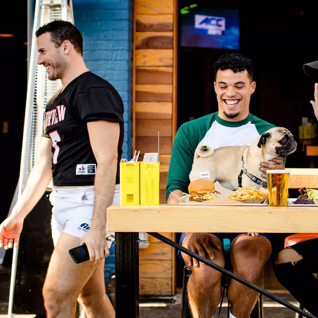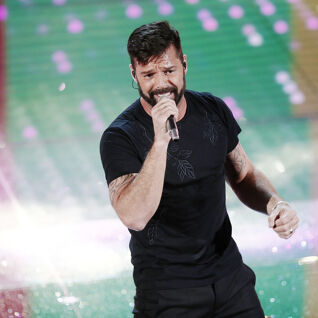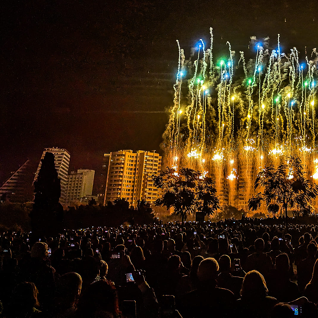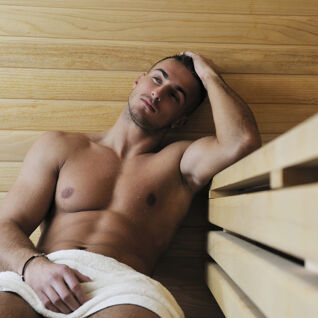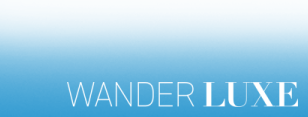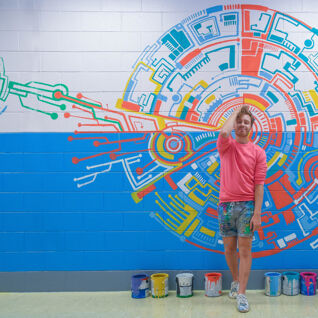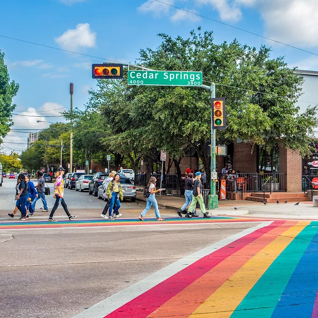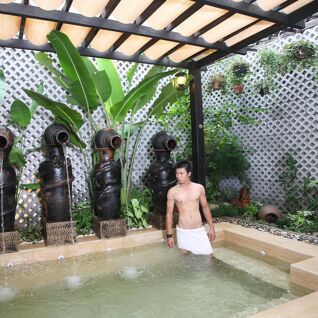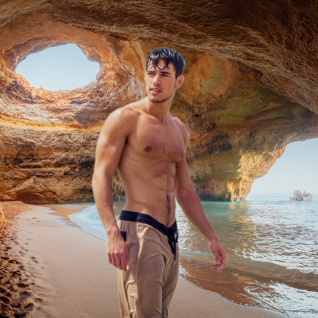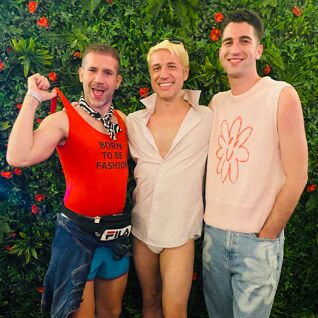 This photo of Bronzeville’s early female impersonators shows that Boystown wasn’t always the hub of queer life in Chicago, even though it’s hard for younger denizens not to imagine it the epicenter of all things gay it is today.
This photo of Bronzeville’s early female impersonators shows that Boystown wasn’t always the hub of queer life in Chicago, even though it’s hard for younger denizens not to imagine it the epicenter of all things gay it is today.
“There’s no one monolithic, all-encompassing story of gay Chicago,” Jill Austin, curator of the new LGBT exhibit at the Chicago History Museum, told GayCities in an interview. “Queer life has shifted over the decades, and it actually started in the Loop.”
Right after the city was incorporated in 1831, the rise of industry brought an influx of immigrants getting ready for a new life in the Windy City. They lived in the Loop, where the jobs were located, and hung out in the South Side. “The anonymity of living in a big city gave more freedom to discovering whom you might find desirable,” Austin said.
Several burlesque clubs operated in south side neighborhoods like Bronzeville and Hyde Park before the turn of the 20th century. The predominantly African-American areas were more open to embracing queer life than the conservative white neighborhoods in north side Chicago.
To learn more about gay life in Chicago, then and now, check back next week for another first glimpse inside the Chicago History Museum’s Out in Chicago exhibit, opening May 21.
Photo courtesy Scotty Piper
